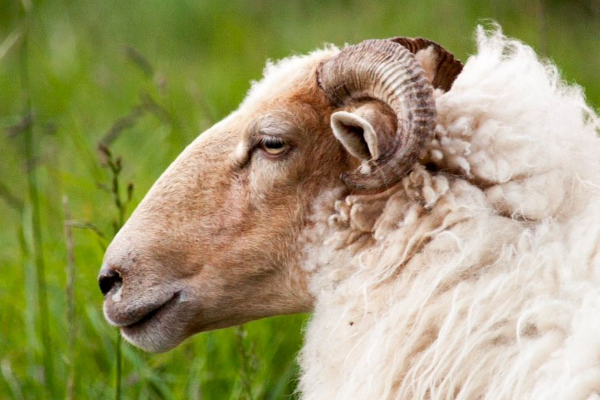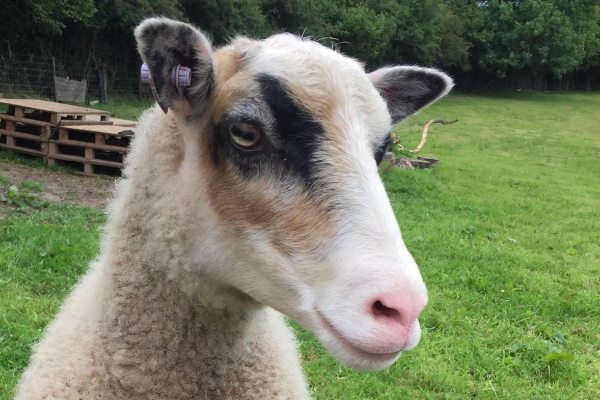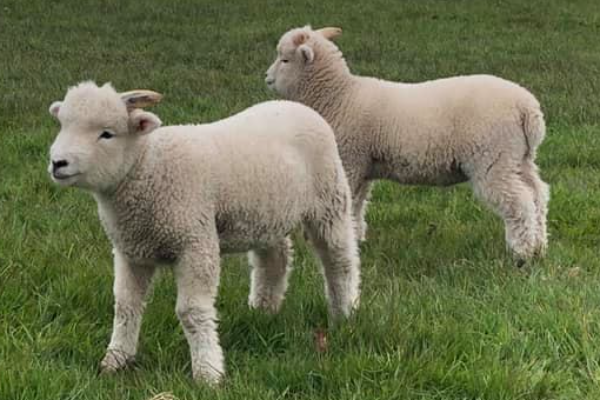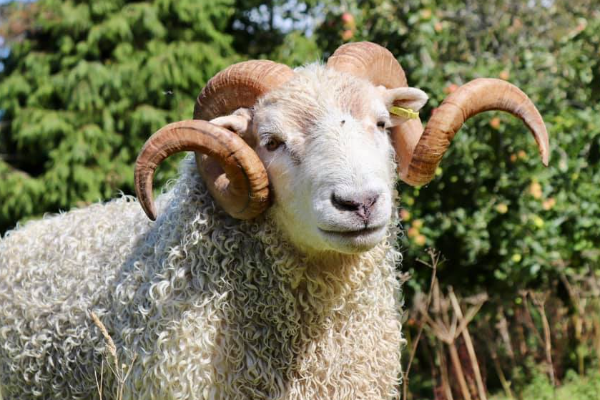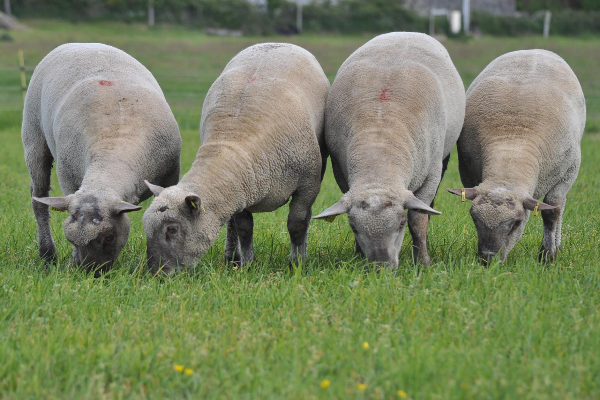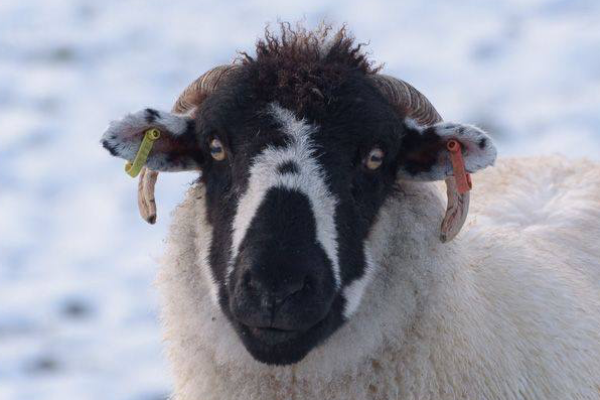Argali Sheep
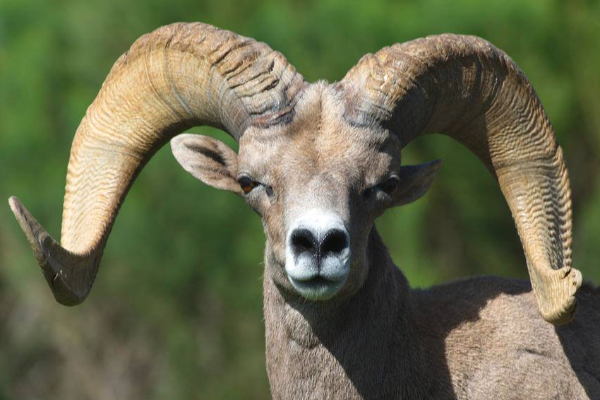
What is the history of Argali Sheep?
Argali, (Ovis ammon), the largest living wild sheep, native to the highlands of Central Asia. Argali is a Mongolian word for “ram.”
There are eight subspecies of argali. Argalis are found from Uzbekistan in the west to southern Siberia in the east and from Mongolia and northern China in the north to the Tibetan Plateau and the mountains of northern India and Pakistan in the south.
Argalis are considered a near threatened species by the International Union for Conservation of Nature and Natural Resources. Argalis are threatened by uncontrolled killing and poaching, and they are also losing habitat to livestock herding and other activities. National governments throughout their range provide varying levels of protection for argalis, and some countries (such as Mongolia, Tajikistan, and Uzbekistan) provide permits for limited trophy hunting.
What are the characteristics of Argali Sheep?

The Pamir argali is also known as the Marco Polo sheep; the Italian traveler Marco Polo, who crossed the Pamir highlands in the 13th century, was the first Westerner to describe the argali.
Horns in Marco Polo sheep may reach up to 1.8 metres (6 feet) in length, which they use to compete with each other during their mating season.. The horns of the larger Siberian argali are somewhat shorter but much more massive.
The ram’s nuptial coat grows in just before the rutting season in November and December and, in most subspecies, features conspicuous neck ruffs and rump patches. Nuptial coats differ between subspecies in the presence or length of the neck hair, the length of the tail, the size and shape of the rump patch, and the colour of the pelage.
The nuptial coat changes with the ram’s age; summer and winter coats also differ greatly.
These sheep prefer steep areas between 1,000 and 16,000 feet above sea level. The argalis are long-legged runners that escape predators primarily by speedy flight. They have superlative vision. Females and young climb cliffs and steep ridges more than large males, which, trading off food against security, are found on productive lowland meadows.
Males suffer high predation mortality and have an average life expectancy of only five to eight years. Like all sheep, argalis are highly gregarious; adult rams and ewes live in separate herds except during the brief mating season. Argalis are adapted to great cold, aridity, and very high elevations, as well as sudden rain and snowfalls. They occupy the most extreme habitats among wild sheep.
Adult argali eat 16–19 kg (35–42 lb) of food a day. The vegetation preferred by the species varies based on elevation and area. In higher elevations, they predominantly eat grasses, sedges, and forbs. At midelevation habitats, they more regularly feed on bushes and mesophyte grasses. In the lowest ranges and the spurs of deserts, grasses and sedges again predominate, but often of different species than the high-elevation ones.
Males herd small harems during the mating season. Otherwise their social behaviour is more similar to American bighorn sheep than to their closest, but more primitive, relatives, the urials of southwestern Asia. Argali reach breeding maturity at two to three years of age. Rutting may occur from October to mid-January, generally lasting longer in lower elevations.
In rutting herds, both rams and ewes attack others of their own sex, exerting dominance by ramming each other with their horns. Often, the older males (over six years of age), which are also often the largest, end up the dominant ones and younger males are chased off once the ewes are in estrus. Once dominance is established, the top rams begin approaching ewes and smell their urine to determine their receptiveness. The ram then repeatedly approaches the ewe and forcibly mounts her. Mating commences around two to three weeks after the rutting begins. Rams may remain in the company of ewes for up to two months after the rutting period is complete.
Depending on food resources, one or two young are born after a 170-day gestation period. Births occur in late March or April, with a variable number of females being barren. Most subspecies give birth to a single lamb, though in some races, twins are not uncommon and even as many as five have been born at once.
Juvenile mortality tends to be high.
What is the weight of mature Argali Sheep?
Argali mature rams weigh from 100 to 250 kg and ewes can weigh from 85 to 100 kg.
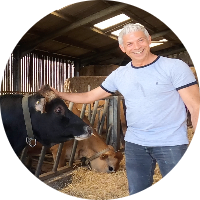
Written by
H Cetin KATIRCI
Online ShepherdBreedsMore
IllnessesMore
Forage cropsMore
![]() Патологическая физиология голодания Arina TARAN
Патологическая физиология голодания Arina TARAN![]() Дефицит фосфора (гипофосфатемия) Hipofosfatemi Arina TARAN
Дефицит фосфора (гипофосфатемия) Hipofosfatemi Arina TARAN![]() Какие бывают кормораздатчики для ферм КРС? Irina Makarova
Какие бывают кормораздатчики для ферм КРС? Irina Makarova![]() Кормушки для овец Diana Myakisheva
Кормушки для овец Diana Myakisheva![]() Питание домашних коз: что едят, виды корма и правила кормления Alina Arslantürk
Питание домашних коз: что едят, виды корма и правила кормления Alina Arslantürk![]() Важность минералов питании сельскохозяйственных животных Irina Makarova
Важность минералов питании сельскохозяйственных животных Irina Makarova
Use of the information/advice in this guide is at your own risk. The Farmow and its employees do not warrant or make any representation regarding the use, or results of the use, of the information contained herein as regards to its correctness, accuracy, reliability, currency or otherwise. The entire risk of the implementation of the information/ advice which has been provided to you is assumed by you. All liability or responsibility to any person using the information/advice is expressly disclaimed by the Farmow and its employees.


